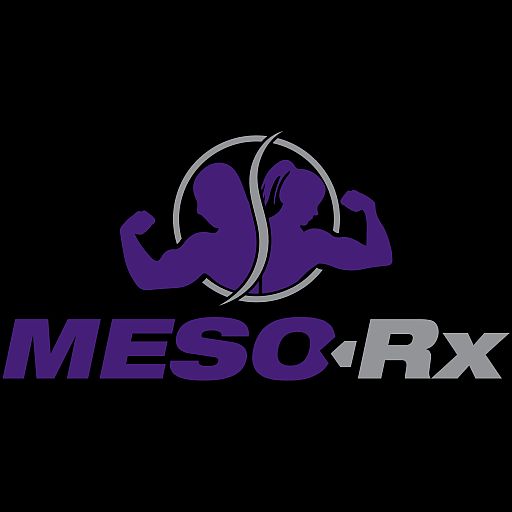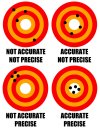Without getting too in the weeds from stats standpoint,
@janoshik quotes his HPLC method as 5% margin of error (one sided hence +/- 5?) .
Code:
https://www.janoshik.com/details/
This is probably a 95% confidence interval? He can tell you whether is it +/- 5% or +/- 2.5%.
Let's say axle's test cyp is exactly 200 mg/ml. So we would expect 95% of the time the test would return a measurement between 190 and 210 mg/ml (skipping a bunch of details few want). In this case we don't know what's in the vial. The only way to know who was "righter" would be to send them both a reference standard where we know accurately what the concentration was.
Of course
@Axle Labs can tell you what he calculated for his batch based on his measurements which are also subject to error.
TLDR: reassuring the two measurements are within 10%. The uncertainty here combines variability in the instrument (usually low, sample injection) and method prep (usually higher, human error of prepping sample). This is why you have both labs report the results of 10 replicates haha. Everyone would be very enlightened by the distribution.
Exciting.
Postscript: would be useful for both labs to share their method RSV (relative standard deviation) based on internal work. What is your "margin of error", COV, RSV for HPLC quantitative
@Chromate ? Don't see it on your site? Example for certain compound is fine. Obviously you have access to reference standards now. No? Yes?






